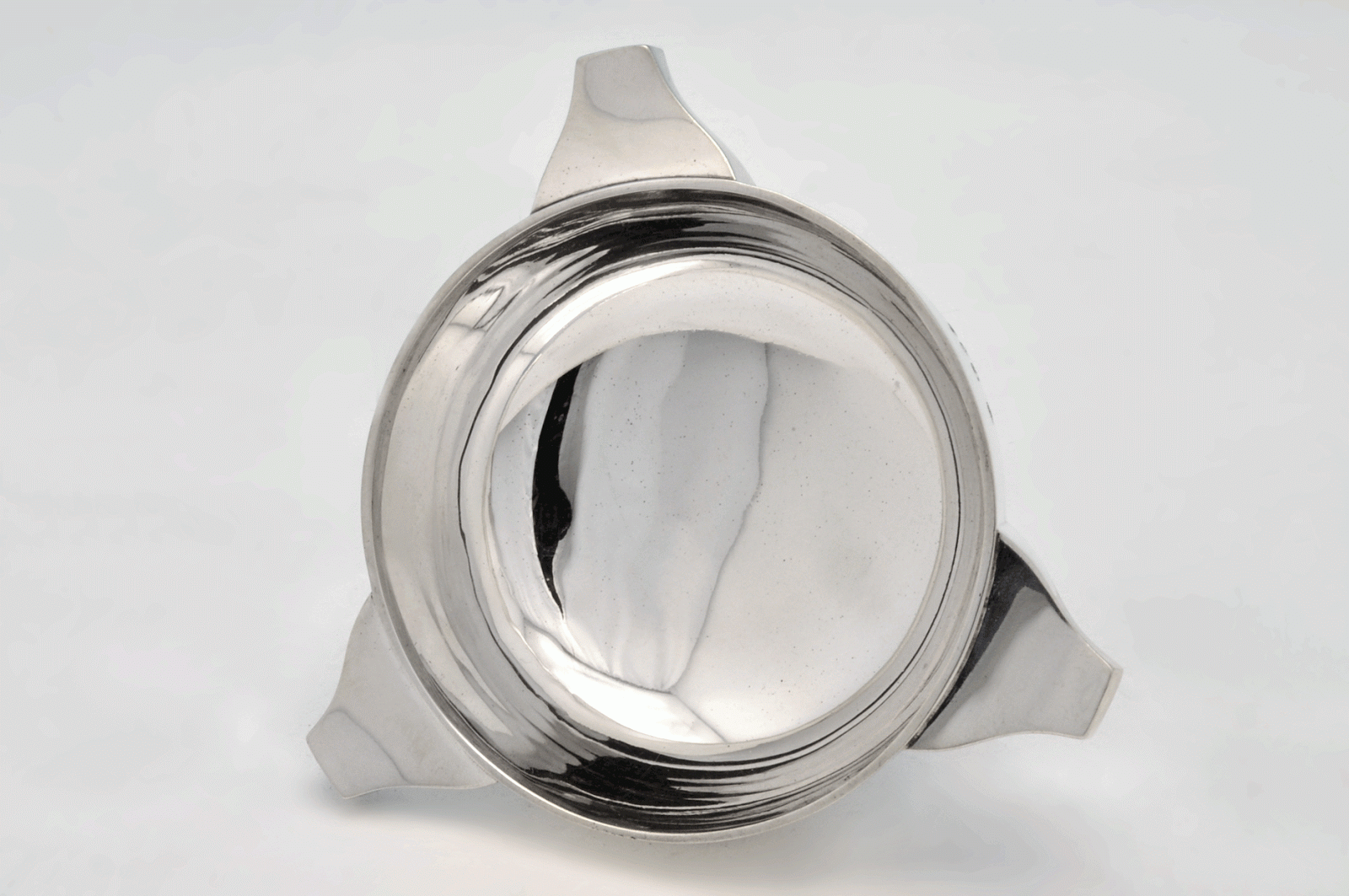Well, Glasgow has been buzzing over the last couple of weeks as the Commonwealth Games took place in the city once referred to as the ‘Dear Green Place’.
Once known as the British Empire Games, they have taken place every four years since 1930 when just 11 Commonwealth countries took part.
 |
| The 2014 Commonwealth medals, with ceremonial wooden quaich. Image via. |
The 2014 games in Glasgow saw 71 countries take part, making for an exciting world event.
The purpose of the games is to inspire and unite the commonwealth nations. The ethos of the games is to encourage the values of humanity, equality and destiny.Along with the medals bestowed on the winners at the games this year, you may have noticed the athletes also receiving a small wooden bowl.
This bowl was given to the athletes to symbolise love and friendship amongst the commonwealth nations.
 |
| England's gold medallist Alistair Brownlee raises his wooden quaich. Picture via BBC |
So, what is this little bowl?
The bowl, designed by Paul Hodgkiss, is what is known as a quaich (pronounced quake), and is a traditional Scottish drinking cup which first appeared in the 17th Century.
The wooden bowls, presented to the winners this year, were made from Glasgow elm. Wood was the first material in which these bowls were made, but it soon became the fashion to make them in silver, and that has since become the most popular choice.
 |
| The wooden ceremonial quaich. Image from English silver medallist Tom Hamer. |
The cup was used to offer a guest a welcome or a farewell drink,usually a dram of whisky.
Some travellers might even carry a quaich with them.
Usually, a wee tot would be offered up, but there are quaichs which are large enough to hold up to 1.5 pints. These were most likely used for ale.
 |
| A classic sterling silver quaich. Click here to view on our website. |
 |
| A rare example of a 3-handled quaich. Feel free to contact us for further details. |
Fishermen use them too, to toast the start of the new salmon season. They will drink from the cup and then tip some whisky from the quaich into the river. As we know, fishermen are a superstitious lot.
In a more gruesome myth, it is believed the Druids may have filled these vessels with blood from the heart of sacrificed humans. I’ll stick to the whisky, thanks.
So, the tradition of the quaich lives on, and a new generation toast health and friendship in the Scottish way. Sláinte.
ادوات صحية الكويت
ReplyDeleteشركة تسليك مجارى الكويت تسليك مجارى الكويت
شركة تنظيف منازل الكويت